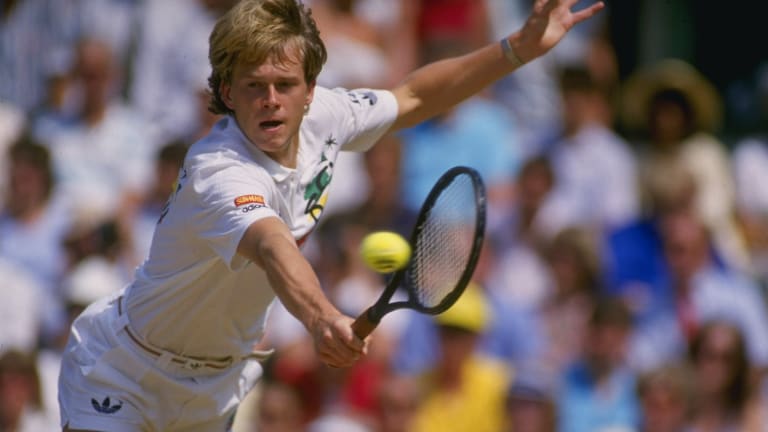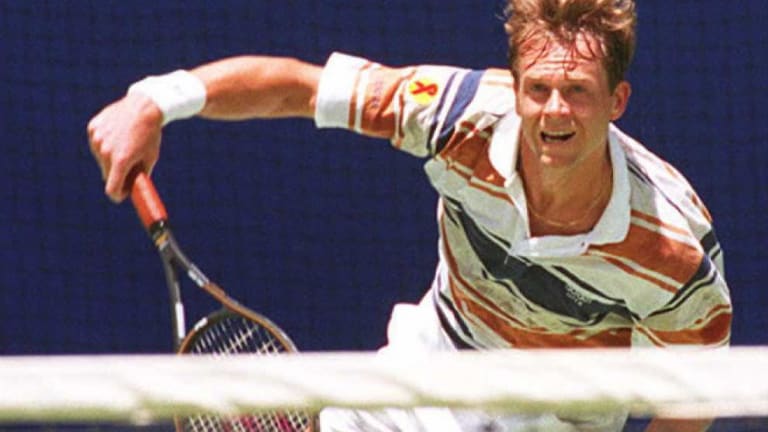Sweden was unquestionably the superpower of men’s tennis in the ‘80s. Over the course of that decade, Swedish men won 13 Grand Slam singles titles. On three occasions, Sweden was the Davis Cup champion, more than any other nation during those ten years. Its players saturated the ranks, winning all sorts of titles on every possible surface, many holding spots in top ten.
The grand catalyst for this nation’s success had been Bjorn Borg. He’d won his first of six Roland Garros titles at the age of 18 in 1974. The next year, he’d led Sweden to its first Davis Cup triumph. In 1976, Borg won the first of five straight Wimbledon titles.
Like Borg, just about every one of those great Swedes won mostly from the baseline, their games built on topspin, two-handed backhands and the ability to keep dozens of balls in play.
But there was one exception. Dare we call Stefan Edberg a rebel?

